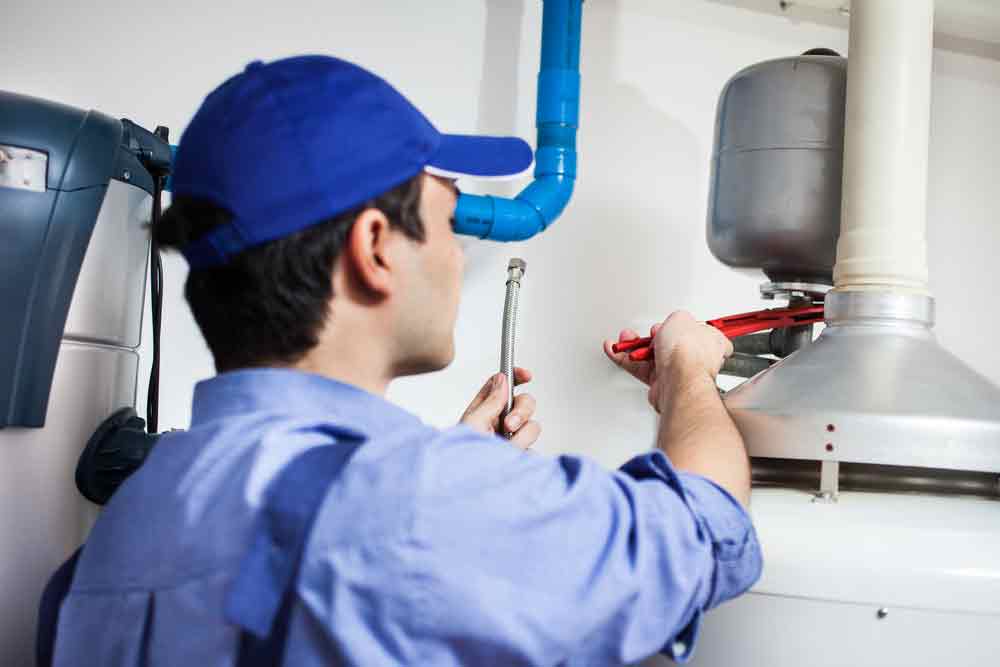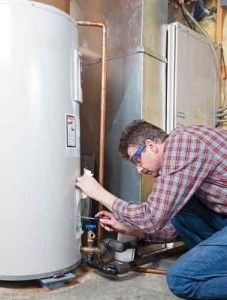 Learning to light your water heater can be a relatively simple task. But as with most home repair issues, it is not what you do know that can cause safety issues, but rather what you do not know.
Learning to light your water heater can be a relatively simple task. But as with most home repair issues, it is not what you do know that can cause safety issues, but rather what you do not know.
So while it is always good to learn the basics of how to light your water heater yourself in emergency circumstances, it can make more safety sense to call out a trained professional to complete this task for you.
Reasons Why Your Water Heater May Need to be Lit
There are a number of reasons why it might be necessary to re-light your water heater from time to time.
For example, if your gas is shut off for any reason, this can cause the pilot light to be extinguished. When this happens, it will need to be manually re-lit before your water heater will work again.
Another common issue is when the pilot light itself becomes encrusted with dirt or debris. This can interfere with the ability of the gas to ignite the pilot light. Similarly, if the valves from the gas line leading to the pilot light become dirty, it can have a similar effect, as can a bad thermocoupler (the copper-based gas line itself). Also, if air gets into the gas line, this can cause the light to go out.
If you have an electrical rather than a gas water heater, malfunctioning components can also cause the pilot light to go out, or to fail to stay lit after it has been re-lit. When the circuit breaker gets repeatedly triggered during this process, it may point to a bigger electrical issue.
By knowing what to watch out for, you can decide whether to proceed to re-light your water heater yourself or call a professional to make the repairs.
Safety Factors to Remember When Lighting Your Water Heater
When you know exactly what to watch for and how to proceed safely, it can be a relatively simple process to light or re-light your water heater. But if you don't do everything just right, it can cause minor to severe safety issues.
One common issue is to have gas that escapes into the surrounding air, which can be toxic when breathed in and also cause explosions. If any gas does escape, you will want to wait until it dissipates before trying to light your water heater.
As well, if you have an older water heater, you will have to use an actual flame (such as from a match or a cigarette lighter) to ignite the pilot light, which you must do with care to avoid igniting anything around the water heater.
If you don't consider yourself "handy" or are unfamiliar with the type of water heater you have, it can be a very safety-conscious idea to contact a trained professional to light your water heater instead of trying to do it yourself.
How to Light Your Water Heater Safely
If you have prior successful experience with lighting a water heater, you will still need to verify that what you learned applies to the type of water heater you presently have. If yes, then these steps can help you to light or re-light your water heater.
There are two sets of steps listed here. The first set is for a newer water heater (made in the last decade or so). The second set of steps is for an older water heater.
To Light a Newer Water Heater
If your water heater uses a valve or dial instead of an open flame, this set of steps applies to you.
- First, verify that you cannot smell any gas in the surrounding air (if you do smell gas, do not proceed, but call a professional instead).
- Next, locate your water heater's gas valve. Typically this is a smallish dial located on or near the front face of your water heater.
- Now turn the gas valve dial to "pilot" and then press the dial-in. If you hear a "click" sound you will know you have done this correctly.
- If the pilot light is now relit, you can turn the gas valve dial to "on" and you are done.
- If the pilot light is not relit, or if it goes out shortly thereafter, you may another issue at work and a call to a trained repair company is in order.

To Light an Older Water Heater
- If your water heater uses an open flame from a match or lighter, this set of steps applies to you.
- First, locate the access panel that leads to your pilot light. Look on the lower front face of your water heater to find this.
- Remove the access panel.
- Listen (for a hissing sound) and also sniff the air to be sure there is no gas escaping. If at any point you are unsure about this, stop and call a qualified repair technician instead.
- If you are sure no gas is escaping, proceed to read any instructions posted on or near your water heater that pertain to lighting the pilot light.
- Now locate the pilot itself and turn the valve to "pilot" to start the gas flowing and press down on the valve itself.
- Position your lighter so you can quickly ignite the pilot flame while keeping the valve depressed for 60 full seconds.
- Turn the valve to the "on" position and you are done.
- If the pilot won't stay lit, you will want to call a repair company to diagnose and fix the issue.
By understanding what it takes to safely light your water heater and ensure it stays lit, you can decide whether to undertake this task yourself or bring in a qualified service technician to do this for you.
If you opt for the latter, this can also be a good time to schedule regular inspection and maintenance of your water heater to ensure your family's safety.
If you're having trouble with your water heater in your home, call All City Plumbing, Air & Electrical at (909) 552-7550.
